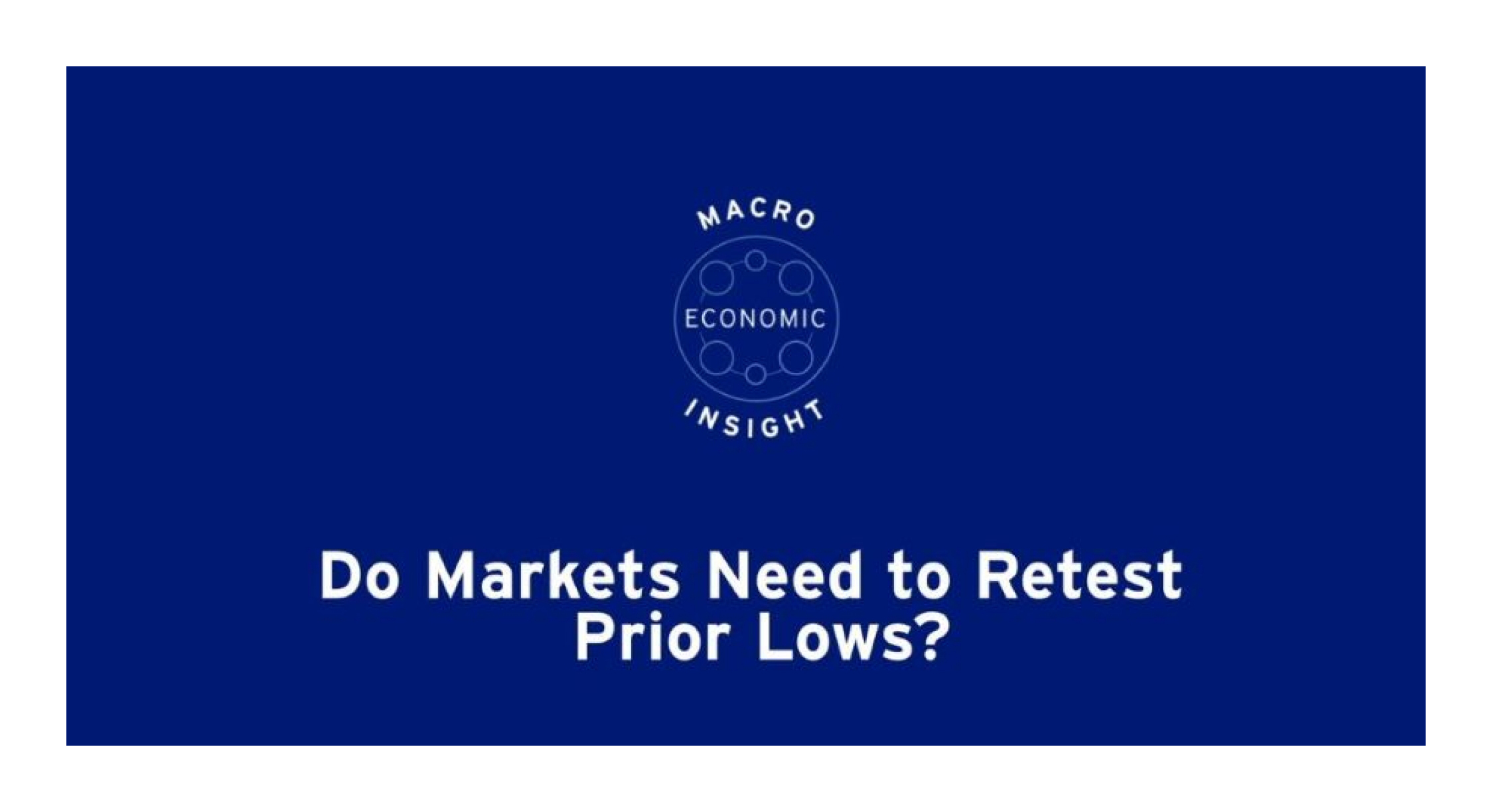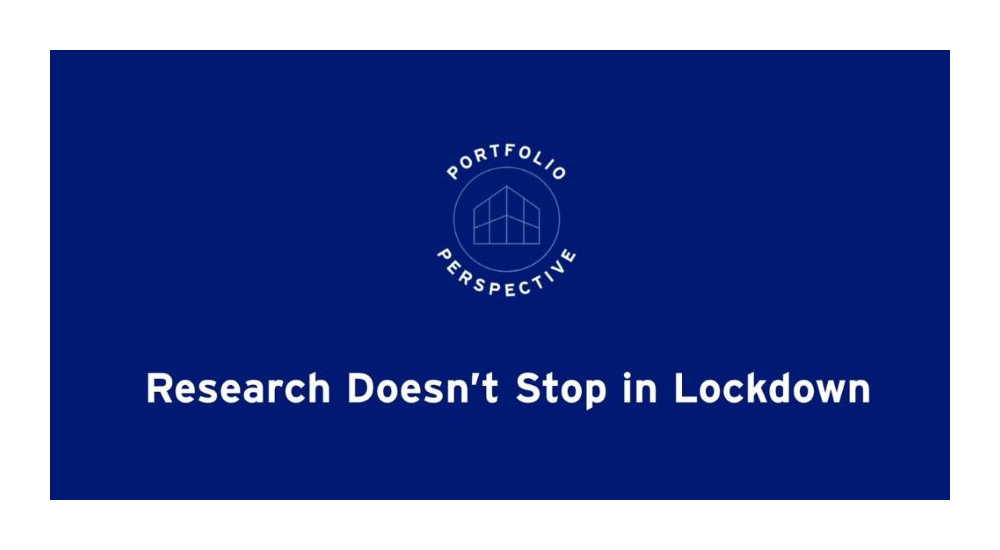by Brian Levitt, Global Market Strategist, North America, Invesco Canada
In this video, I discuss how history has taught us that market bottoming is a three-phase process.
Copyright & Design © 2012-2020 by Invesco Canada Ltd. | Terms & Conditions | Commenting guidelines | Privacy policy
The information provided is general in nature and may not be relied upon nor considered to be the rendering of tax, legal, accounting or professional advice. Readers should consult with their own accountants, lawyers and/or other professionals for advice on their specific circumstances before taking any action. The information contained herein is from sources believed to be reliable, but accuracy cannot be guaranteed.
Commissions, management fees and expenses may all be associated with investments in mutual funds and exchange-traded funds (ETFs). Trailing commissions may be associated with investments in mutual funds. For mutual funds the indicated rates of return are the historical annual compounded total returns, including changes in share/unit value and reinvestment of all distributions, and do not take into account sales, redemption, distribution or optional charges, or income taxes payable by any investor, which would have reduced returns. For ETFs unless otherwise indicated, rates of return for periods greater than one year are historical annual compound total returns including changes in unit value and reinvestment of all distributions, and do not take into account any brokerage commissions or income taxes payable by any unitholder that would have reduced returns. Mutual funds and ETFs are not guaranteed, their values change frequently and past performance may not be repeated. There are risks involved with investing in ETFs and mutual funds. Please read the prospectus before investing. Copies are available from Invesco Canada Ltd. at invesco.ca
These are the personal views of the author as at the date indicated, and not necessarily the views of Invesco Canada. The views expressed above are based on current market conditions and are subject to change without notice; they are not intended to convey specific investment advice. Forward-looking statements are not guarantees of performance. They involve risks, uncertainties and assumptions. Although such statements are based on assumptions considered to be reasonable, there can be no assurance that actual results will not differ materially from such expectations.
Products discussed on the Invesco Canada blog page are available to Canadian investors only.
Most Invesco ETFs seek to replicate, before fees and expenses, the performance of the applicable Index, and are not actively managed. This means that the Sub-advisor will not attempt to take defensive positions in declining markets and the ETF will continue to provide exposure to each of the securities in the Index regardless of whether the financial condition of one or more issuers of securities in the Index deteriorates. In contrast, if a Invesco ETF is actively managed, then the Sub-advisor has discretion to adjust that Invesco ETF’s holdings in accordance with the ETF’s investment objectives and strategies.
Invesco Intactive Accumulation Portfolios are Invesco Canada mutual funds that invest in a portfolio of underlying Invesco Canada mutual funds and exchange-traded funds. Tactical asset allocation strategies are used on a portion of the Invesco Intactive Accumulation Portfolios. The corporate class versions of the Invesco Intactive Accumulation Portfolios invest in Series I units of these Portfolios.
†Invesco Fixed Income (IFI) is a unit comprising Invesco Senior Secured Management, Inc. of New York, U.S, Invesco Advisers, Inc. of Atlanta, U.S.; Invesco Asset Management Ltd. of London, U.K.; and Invesco Canada Ltd. of Toronto, Canada.
© Invesco Canada Ltd., 2020
This post was first published at the official blog of Invesco Canada.














